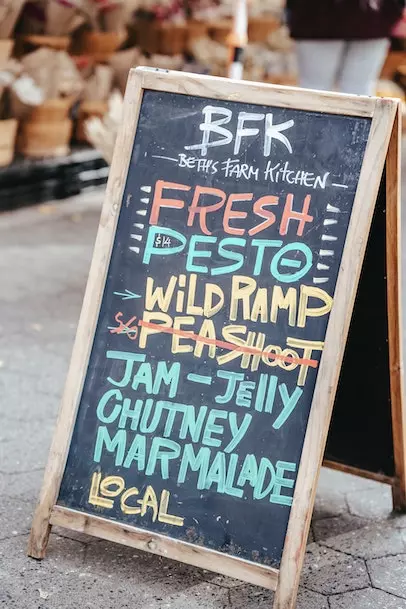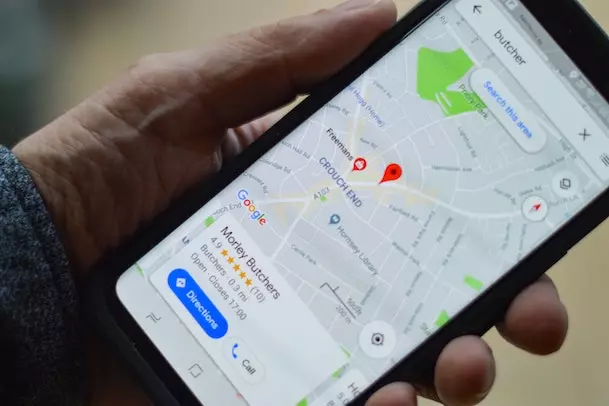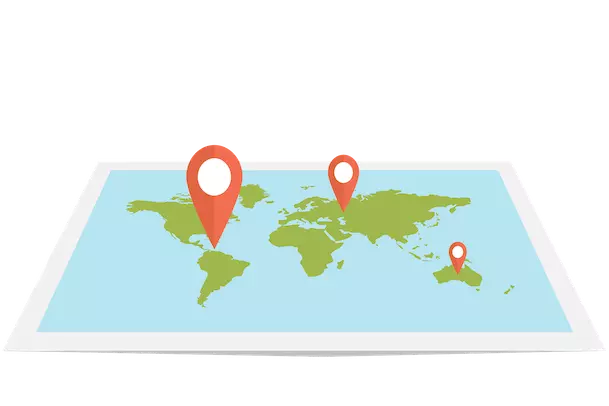For many businesses, advertising on a city-wide basis may be an unavailable option due to high costs and lack of scalability.
Businesses wishing to gain new customers on a more local scale may find that hyperlocal marketing is the perfect option for them.
Hyperlocal marketing is the process of advertising to potential customers in a very distinct, geographically restricted area that lies within a few blocks or miles of the actual business. The intention is to target regionally closer consumers and those who use “near me” when searching for specific services on their internet-capable devices.

This process is very common for small local businesses to implement within their marketing strategy since the majority of customers for some small businesses live locally.
“Near me” searches have become immensely popular within the last few years. Google estimates that the amount of local searches have grown 130% year by year due to the easy accessibility and convenience of users receiving instant regionally close results.
The majority of customers now expect and prefer their search results to be filtered with hyperlocal marketing since it targets them directly.
50% of mobile users are more likely to visit a store after a local search is conducted.
Below, we’ve laid out four ways that your businesses can begin the hyperlocal marketing process to improve awareness, increase consumers and boost profits.
Enhance your Google My Business pages
Google My Business is a free and easy-to-use tool that works like an online reputation management system for businesses advertising online.
This page pops up when a user searches or finds a business on Google, and showcases all the details about that business such as services offered, location, store times, phone numbers and customer reviews.

One of the easiest ways to improve your hyperlocal marketing strategy is to simply ensure that the entirety of your Google My Business page is consistently updated with the most accurate information and filled out completely.
Add contact information on your business’s website
While this may seem like an obvious step, too many businesses forget to include their contact information on their website.
A way to optimize this further is to include the contact information on the bottom of every webpage on your site so it's constantly in front of users’ eyes. Adding additional details like a Google Maps feature that locates your business is also a great idea.
Create content on a local level
Businesses are always looking to produce authentic content that resonates with their target audience.
Providing local content can interest people in a certain geographical area and drive potential customers to your business.
Having a good grasp on what local communities are interested in can help businesses discover what areas their hyperlocal marketing will be most beneficial and effective.

Content could include videos, infographics and even blog posts that center around local events, landmarks and destinations that your business may be close by to.
It’s also vital to include local content on your Google My Business page and all other social media channels for full optimization of hyperlocal marketing.
Implement local keywords on your website
Using keywords on your site is the key to enhancing a business’s hyperlocal marketing strategy.
Without keywords, many potential customers may not find your site as quickly as compared to if keywords were used.
These keywords must be locally-related. To begin the keyword research process, conduct a Google search that showcases neighborhood-specific keywords.

A good way to do this is to consider where your business is located and what areas of interest surround it (i.e. monuments, landmarks, tourist destinations, parks, etc.). Once you determine what keywords work best, use them in your business, services and products descriptions in headlines and bodies of text.
Looking to improve your hyperlocal marketing? Our experts can do it for you. Let’s talk!













Leave a Comment
Comments (0)